Glycerine
Glycerine
Other Name(s):
E422; Glycerin; Glycerol; Propane-1,2,3-triol; Vegetable Glycerin; Vegetable Glycerol; CAS# 56-81-5

Glycerine can be made from a large number of different raw materials. The most common source today is palm kernel oil but it can also be derived from animal fats, rapeseed oil (aka canola), soya bean oil, sunflower seed oil, and even from petrochemicals
Is Glycerine Faithful to Nature?
Depends.
Glycerine can be sourced from sustainable, renewable plant materials, grown ethically and made using eco-friendly methods. We investigate every instance of glycerine used in the products on offer at Faithful to Nature to ensure that it’s not of petrochemical origin. Glycerine is classified as readily biodegradable and is not suspected to be harmful to the environment.
Benefits: Why is Glycerine Used?
Moisturising
Glycerine is used in skincare products to effectively moisturise the skin.
Emulsifying
Glycerine is used in skincare products to enhance the application, by giving it a smooth ‘glide’.
Oral Care
Glycerine is used in skin and oral care products to prevent them from drying out and to help keep lipid and water ingredients from separating.
Sanitising
Glycerine is used in sanitisers to slow down the evaporation of the active ingredient, allowing it to stay on the skin for at least 20 seconds in order to effectively eliminate harmful microbes.
Glycerine is one of the most widely used cosmetic, skincare, oral hygiene, food and pharmaceutical ingredients. It is also often found in factory-produced foods.
Glycerine is made using a number of different methods. The most common method used today is the saponification reaction (soap making) of vegetable fats. Glycerine is also a byproduct of making biodiesel (which more often than not involves the use of GMOs) and can be artificially manufactured using petroleum.
High quality, natural soap makers usually don’t remove the glycerine from the soap mixture before allowing it to set or moulding it into soap bars.
Glycerine is often added to factory mass-produced food items like cakes and ice cream, to prevent them from drying out or forming ice crystals respectively. It will be listed under the ingredients as E422.
Glycerine is classified as a sugar alcohol (or carbohydrate alcohol) and many dieticians recommend avoiding it if one is on a calorie restricted diet.
Notice: The information provided here is not intended as medical advice and is for educational purposes only.
Products Containing Glycerine
-
sku139040

-
sku137437


-
sku7398v1

-
sku67583
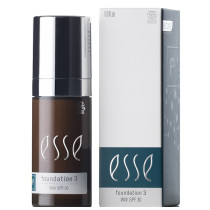
-
sku139204

-
sku137434


-
sku138070

-
sku9107

-
sku137436


-
sku66922

-
sku3212

-
sku8572
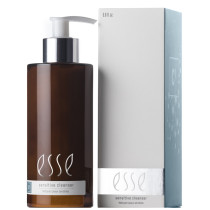
-
sku138403

-
sku8574
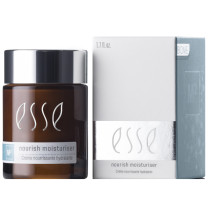
-
sku70

-
sku137438


-
sku2582v1

-
sku69
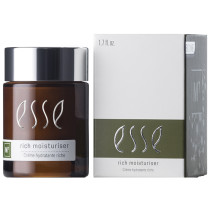
-
sku93604

-
sku8863

-
sku132446

-
sku138060

-
sku1143v1

-
sku5728


-
sku137439


-
sku8573
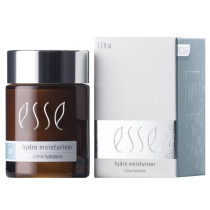
-
sku4775
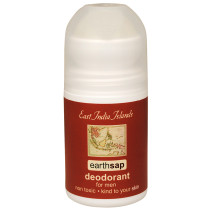
-
sku65
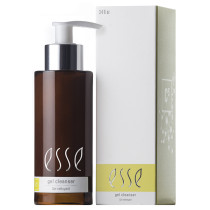
-
sku68
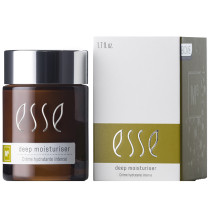
-
sku464v1

-
sku4776

-
sku6220


Down to Earth African Potato Cream
- Multiple Sizes
Price From:Regular Price: R199.00
Special Price R169.15
-
sku66917

-
sku7157

-
sku3214

-
sku67643

-
sku66
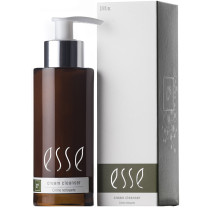
-
sku137584

-
sku4385


-
sku64561




